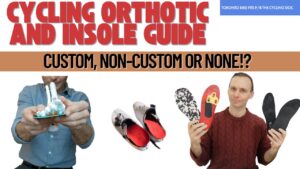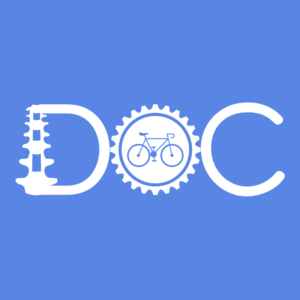Finding the Best Bike Fit in Toronto: A GREAT Assessment Is Key
Finding the “best bike fit in Toronto” can be challenging, especially when there’s conflicting information online, including numerous DIY YouTube videos, and a lack of health care providers offering the service. In this blog, The Cycling Doc, Dr. Alex Ritza, presents a compelling case against generic online bike fitting advice and explains why a professional, personalized fit makes all the difference. We also discuss why AI bike fitting apps are all but useless and why a do-it-yourself fit is an inferior option.
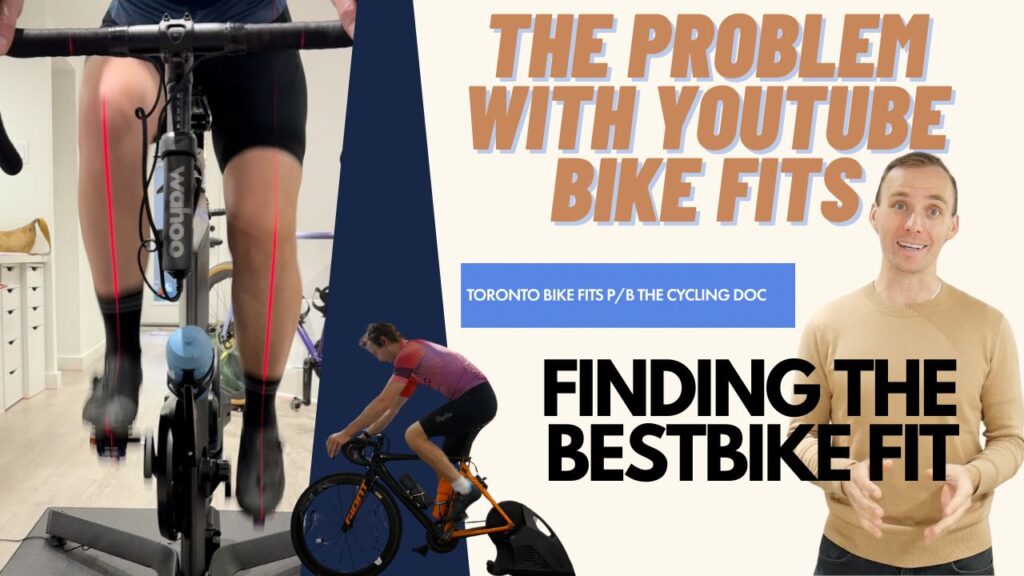
The Pitfalls of DIY Bike Fitting Videos |Finding the Best Bike Fit in Toronto
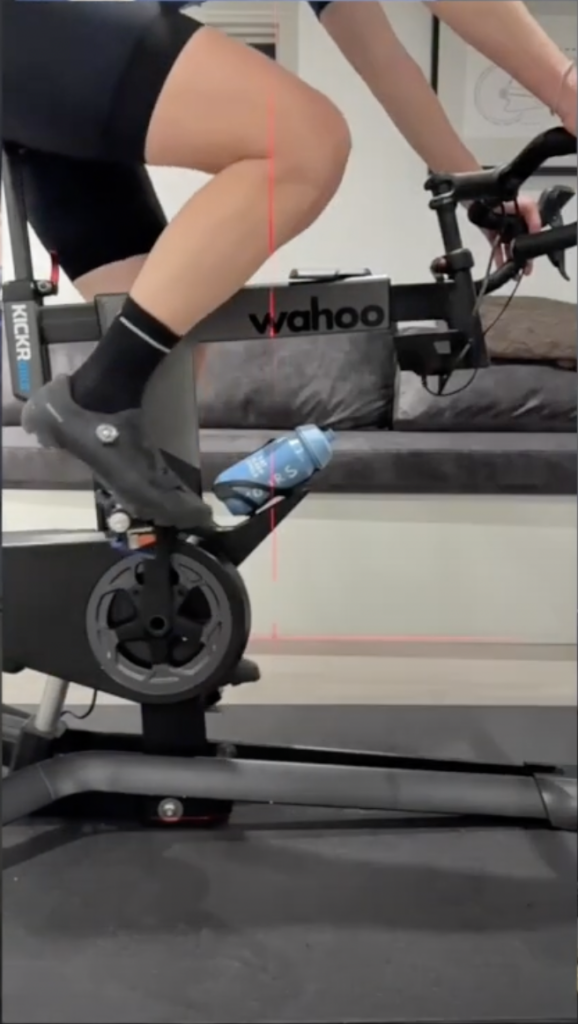
Dr Ritza is vocal about his dislike for YouTube bike-fitting videos. Many of these videos oversimplify bike fitting by suggesting “universal” adjustments—like seat height or handlebar position—without considering the unique geometry and mechanics of each rider’s body. Although these videos can provide a general baseline, they are unlikely to offer an optimized, comfortable fit tailored to individual needs. For those seeking more than a casual setup, a personalized fit is essential. The only way to personalize a fit is to have a deep understanding of your structure and biomechanics.
One primary limitation of DIY videos is that they fail to account for how interconnected adjustments are. For instance, changing the position of your cleats can alter seat height requirements, which can, in turn, affect the stem length and handlebar height. Every adjustment influences multiple aspects of the fit, making it nearly impossible to achieve a proper setup without a comprehensive approach.
Another limitation is the use of averages. Just because one rider’s knee angle should be 35 degrees, does not mean yours should be. Your positioning on the bike is highly dependent on what positions your body can and cannot assume.
The Importance of an In-Depth Assessment To Find The Best Bike Fit
The core of a quality bike fit, according to Dr. Ritza, is a thorough physical assessment. A good fit starts by understanding how each rider’s body functions—their unique mobility, muscle strength, tissue health, and even specific joint or muscle limitations. By analyzing these factors, a skilled fitter can make adjustments that align the bike with the rider’s body mechanics, rather than forcing the rider into a standardized position.
For example, if a rider has limited hamstring flexibility, they may need a different saddle angle than someone with full flexibility. Similarly, assessing the foot’s structure (such as arch height or forefoot alignment) can determine whether orthotics or wedging is needed to provide better support and stability. By tailoring these aspects, a personalized fit helps avoid discomfort, improves power efficiency, and ultimately enhances the rider’s experience.
Why Technology Isn’t a Magic Solution
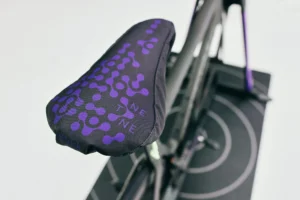
Although advanced tools like motion capture or retool fits are popular in the bike fitting world, Dr. Ritza is skeptical about their necessity. These tools provide numerical data—like specific knee angles or pressure maps—but they don’t necessarily lead to a better fit. For Dr. Ritza, bike fitting is more about a feel-based approach and feedback from the rider than about hitting exact angles or figures.
For example, while motion capture can show that a rider’s knee angle is precisely 47 degrees, this may not mean the position is ideal. Dr. Ritza emphasizes that an optimal bike fit should be based on a balance between comfort and performance rather than strictly adhering to predefined numbers. He often uses tools like cameras, lasers, and mirrors primarily to help clients visualize their alignment rather than to dictate specific angles.
A Case for Expertise over Gadgets
Dr. Ritza also discusses how many bike fitters in Toronto lack the medical training to properly assess body mechanics, which he sees as essential for a high-quality fit. He recommends finding a fitter with a medical background, such as a chiropractor or physiotherapist, who understands biomechanics and can adjust based on the rider’s physical needs.
In his practice, Dr. Ritza uses assessment techniques developed through his medical training to help riders find their ideal position. For instance, a thorough understanding of a rider’s foot structure can help him determine the optimal cleat placement. He also considers subtle body feedback during the fit to make on-the-fly adjustments, which is a skill often developed through years of hands-on experience.
The Role of Technology in Bike Fitting
While our process does not dismiss technology entirely, he suggests that its role should be limited to supplementary support rather than the core of the fit process. He finds that simpler tools, like mirrors and video feedback, are usually sufficient to help riders understand their position and alignment on the bike. This hands-on, feedback-driven process tends to yield better results than relying solely on high-tech motion-capture systems, which, while impressive, may not necessarily provide a better outcome for the rider.
We have experimented with pressure-mapping technology on saddles, which measures where the rider’s weight is distributed, but found that the results were often inconsistent. The neoprene sleeve used for these measurements can move slightly, leading to inaccurate readings. As a result, he believes that these expensive tools are sometimes more about marketing than actual fitting value.
Beware of DIY Bike Fit Apps
Many cyclists are turning to DIY bike fit apps that claim to provide a professional fit through phone cameras and algorithms. Dr. Ritza cautions against relying on these tools, as they lack the precision required to make subtle adjustments that can significantly impact comfort. Moving a saddle by even a few millimetres can make a big difference, and current app technology is not sensitive enough to detect these small but critical adjustments.
For those just starting out, a DIY app might offer a rough setup, but Dr. Ritza insists that there is no substitute for an experienced human fitter. It is not possible for the current phone apps to replicate the real-time feedback and precise physical adjustments that a professional provides.
Investing in a Professional Fit
Dr. Ritza recommends viewing a professional bike fit as an investment in both comfort and performance. With the right fit, a rider is likely to enjoy their bike more and potentially ride faster, as an optimized position reduces strain and improves power output. For Toronto-based cyclists looking for the best fit, he suggests seeking out a fitter who emphasizes assessment and has the skills to interpret physical findings into practical adjustments.
In his own practice, Dr. Ritza offers a complimentary virtual consultation to ensure that potential clients understand his process and determine if it aligns with their goals. This step underscores the importance of trust and collaboration between the rider and fitter, something that cannot be achieved through DIY methods or impersonal high-tech gadgets.
Finding the Best Bike Fit in Toronto
If you’re looking for the best bike fit in Toronto, Dr. Ritza’s approach suggests prioritizing expertise and individualized assessment over flashy technology and generalized advice. A thorough, customized bike fit goes beyond adjusting a few angles. It requires understanding your unique body mechanics and fine-tuning every detail to align with your specific physical characteristics and cycling goals.
A professional fit, especially from a fitter with a healthcare background, ensures that your setup is not just comfortable but also optimized for performance and longevity. In a city with a growing cycling community, investing in a quality bike fit can make all the difference, keeping you comfortable, safe, and fast on the roads and trails.


